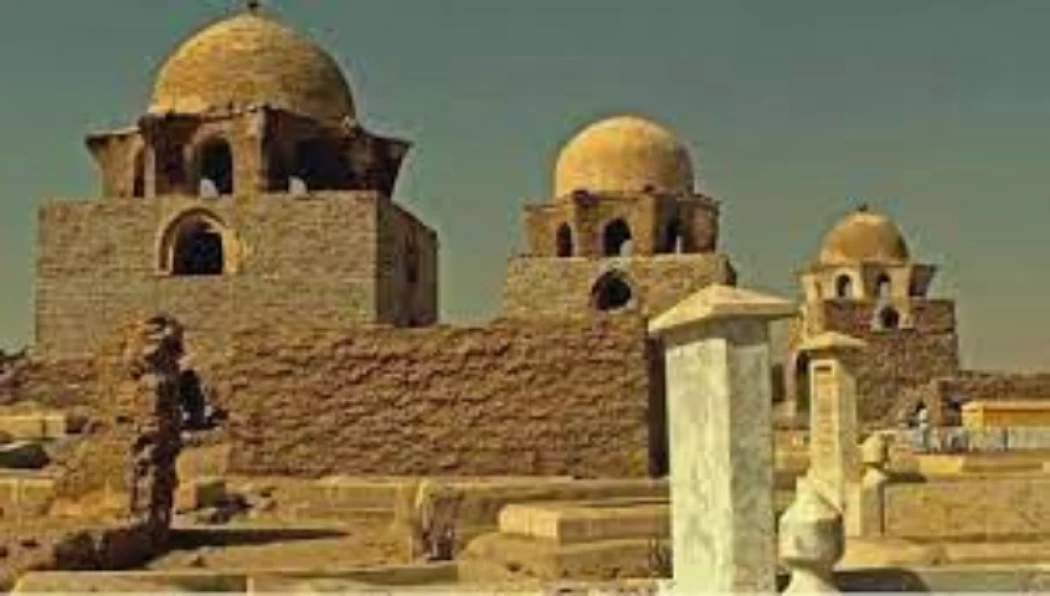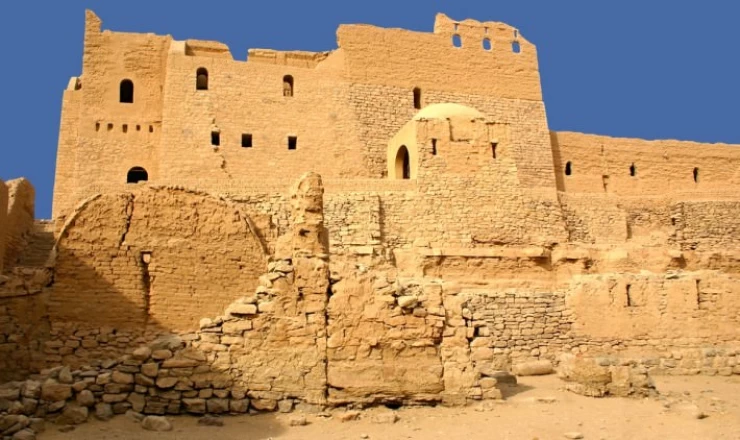
History of Fatimid Cemetry
The Fatimid cowards in southern Egypt are divided into two parts, namely the tribal cowardice and the Marine cowardice, where the tribal cowardice is located in Aswan on Aswan reservoir road next to the Nubia museum, while the Marine cowardice is located in the Anani area, and The Shape of the domes in the Fatimid tombs is characterized by the presence of eight opposite sides of the dome from the outside of what is known as centuries.the domes in the Fatimid cowardice date back to the fourth century AH.
The Fatimid tombs are one of the signs of Aswan that attract visitors to it for its uniqueness in terms of being the surviving relic of the Fatimid period in Egypt, while Aswan is mainly known for its pharaonic monuments.
The Fatimid cowards in southern Egypt are divided into two parts, namely the tribal cowardice and the Marine cowardice, where the tribal cowardice is located in Aswan on Aswan reservoir road next to the Nubia museum, while the Marine cowardice is located in the Anani area and The Shape of the domes in the Fatimid tombs is characterized by the presence of eight opposite sides of the dome from the outside, known as the centuries.
There is also a seventy-seven scene located within the Aswan cemetery, which retains a large number of Graves, whose history extends from the second century of migration to the end of the Mamluk era, and with this cemetery there is the first attempt to erect domes on shrines in Egypt in the Fatimid era.
The aswanis say about it that it is a mausoleum, but in fact it is a mosque, as evidenced by its layout, it consists of a quadrangular shape with an area of 12 square meters, and so we see that the mosque has been covered with nine domes, and the mosque has two entrances facing the qibla wall leading to an atrium the width of the mosque the corridors are this relic can be traced back to the Fatimid era according to the book of the mosques of Egypt and its righteous guardians.
According to the website of the Ministry of Tourism and antiquities, the Fatimid tombs in Aswan are one of the oldest tombs in the Islamic world, and the extremely dry climate in Aswan has helped to preserve the survival of most of the tombs and their monuments, which date from the second century of migration until the Mamluk era.
The tombs have the dome of the seventy seven waliyas, and a large mausoleum known as the Sharif Hassan scene, the Sharif Haydara scene, the Abbas bint khadij scene, the Jafara gentlemen scene, the Zainab bint hanafiya scene, and the amna lady scene in tribal cowardice.















